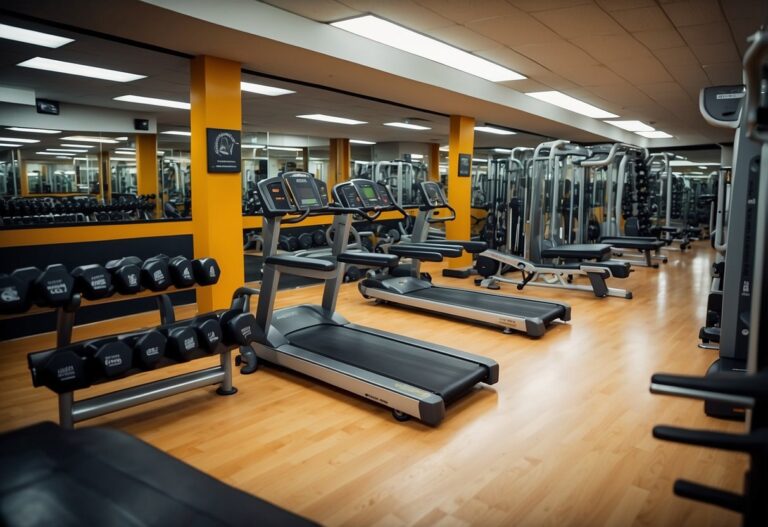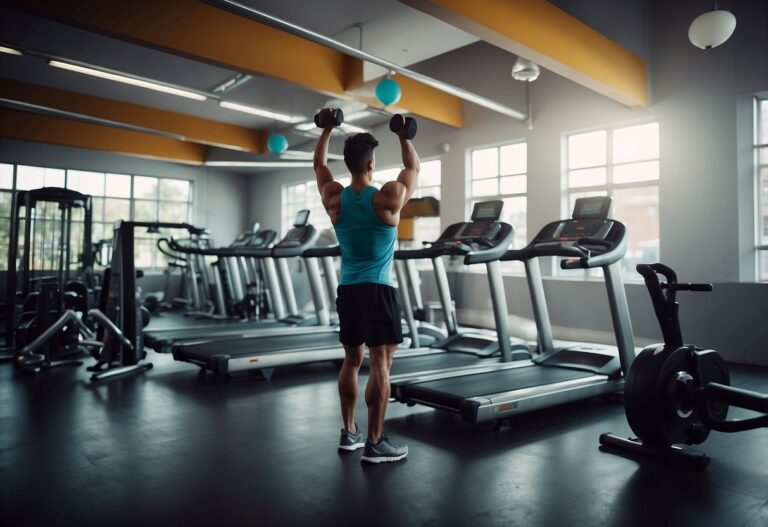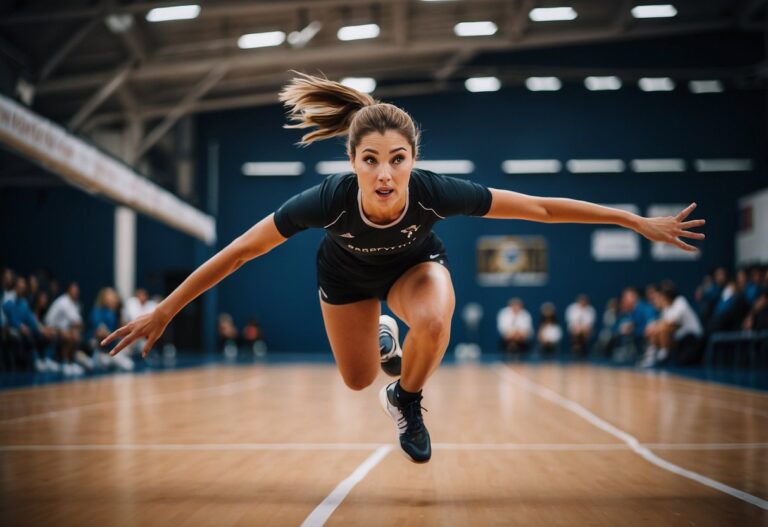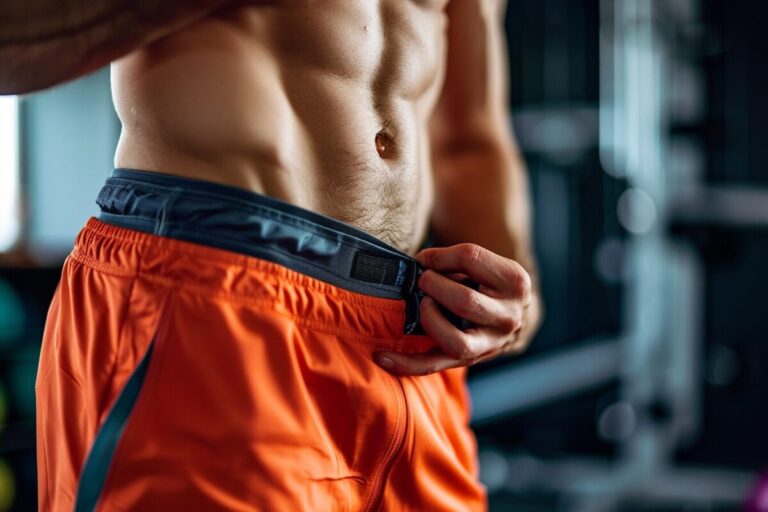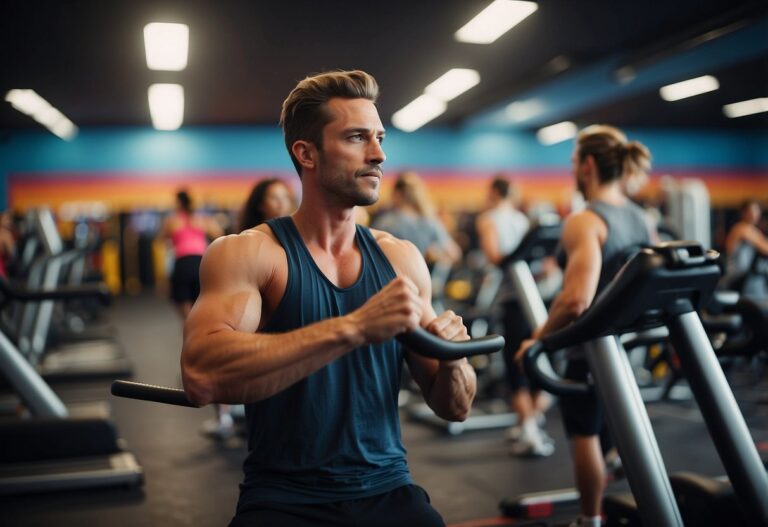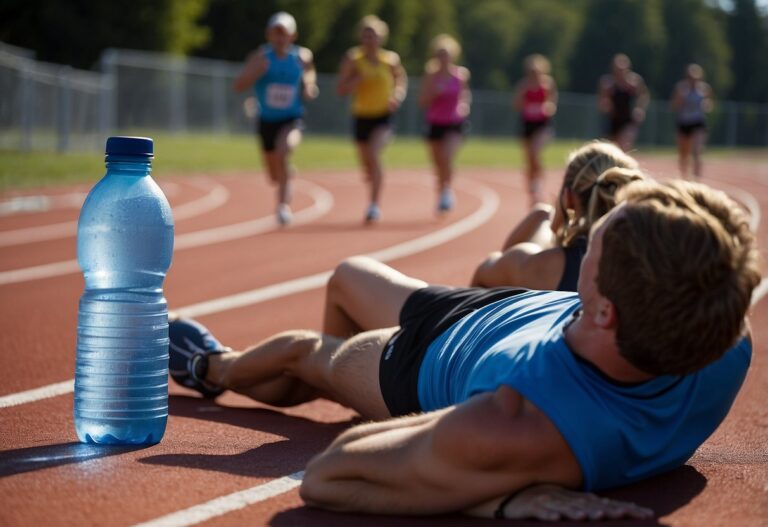Staying active as you age is important for maintaining your health and well-being. Engaging in regular exercise helps you stay strong, flexible, and balanced. Whether you’ve always been active or are just starting out, finding the right workout routine can be a game changer for your daily life.
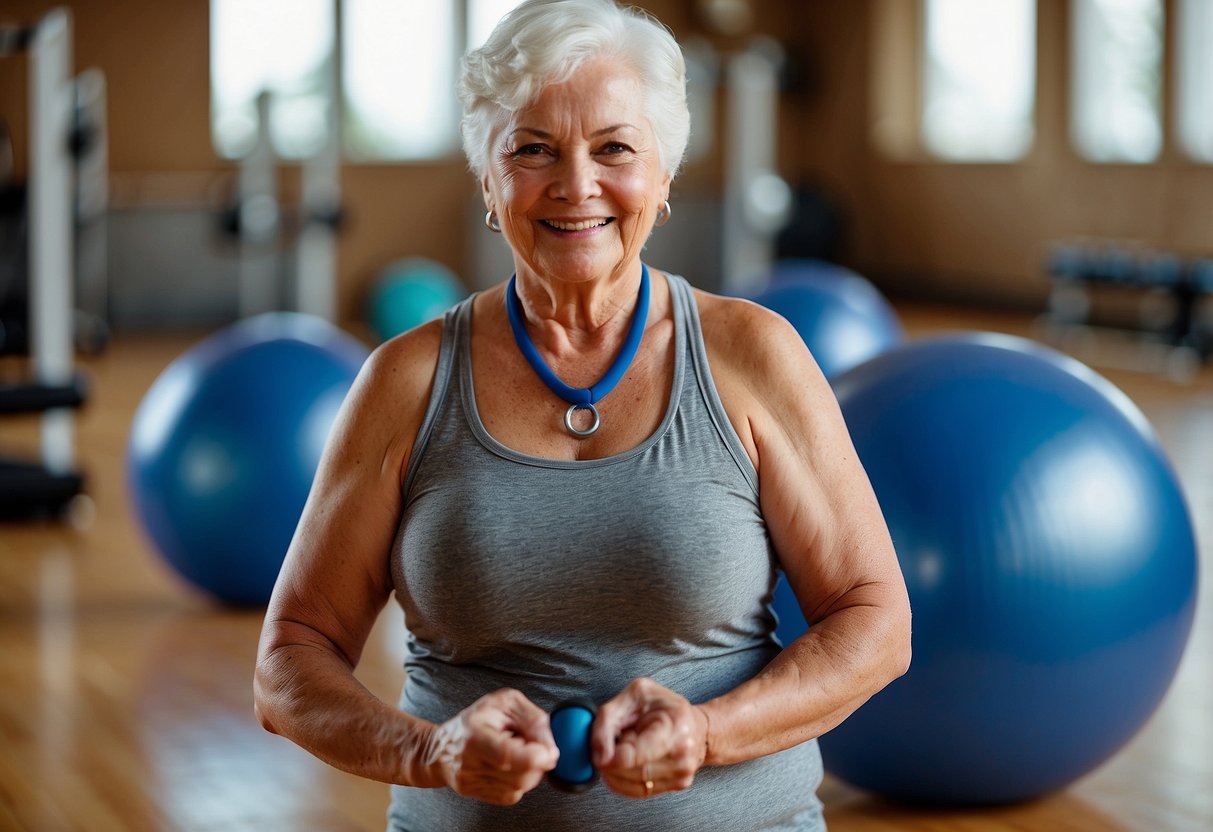
So, what are the best workout tips for seniors? The aim is to tailor exercises to your current fitness level while ensuring they are safe and enjoyable. With the right approach, working out can become a fun and fulfilling part of your routine, leading to a healthier and more vibrant lifestyle.
Warm-Up Thoroughly
Getting started with a workout requires a good warm-up.
March in place by lifting your knees high and swinging your arms. This simple motion gets your heart pumping and muscles ready.
Try some shoulder squeezes. Stand straight, bend your elbows, and squeeze your shoulder blades together. This helps loosen your upper body.
Spine rotations can also help. Gently twist your torso to each side to relax your back and core muscles.
These exercises are easy to do and make a world of difference in preparing your body for exercise.
Focus on Flexibility
Flexibility is key to staying active in your later years. By maintaining flexibility, you can move more easily and reduce the risk of injury. A few simple exercises can make a big difference.
Start with neck rolls. Slowly roll your neck in a circular motion. This helps release tension and improves your range of motion.
Hamstring stretches are another great exercise. Sit on the floor, extend one leg, and reach towards your toes. This stretch helps with your hamstrings and lower back.
Try ankle flexibility stretches. Sit in a chair and lift one foot slightly off the ground. Rotate your ankle in small circles. This can improve your balance and stability.
Shoulder rolls can help reduce stiffness. Roll your shoulders backwards and forwards in a circular motion. This is great for maintaining shoulder mobility.
For more exercises and detailed instructions, check out these flexibility exercises for seniors.
Incorporate Strength Training
Strength training is vital for seniors. It helps maintain muscle mass, improve balance, and enhance overall mobility. You don’t need a gym membership to get started. Common household items like water bottles or resistance bands work great.
Start with simple exercises like squats, lunges, and planks. For example, planks are excellent for building core strength. Hold the position for 30 seconds, rest, and repeat.
Don’t forget to warm up before beginning your exercises. A brief warm-up, such as five minutes of walking or light stretching, can prepare your body and reduce the risk of injury.
Low-Impact Cardio
Low-impact cardio is perfect for seniors looking to stay active without putting too much pressure on their joints. Walking is a great starting point. You can do it anywhere and adjust the pace to suit your fitness level.
Swimming is another excellent option. It helps improve cardiovascular health and is gentle on the body. Plus, it can be a relaxing way to exercise.
Consider trying a low-impact cardio workout, such as a 20-minute session specifically designed for seniors and beginners. These workouts can boost your stamina and keep you moving.
Stay Hydrated
Staying hydrated is crucial when you’re working out, especially for seniors. Water helps regulate your body temperature and lubricate your joints. Without enough water, you might feel tired more quickly.
Start your day with a glass of water. It’s an easy way to remind yourself to drink more throughout the day. Having a routine can help you form good hydration habits.
Always bring a water bottle when you exercise. Sip regularly even if you don’t feel thirsty. Your sense of thirst can diminish with age, making it easy to forget to drink.
Mix it up with hydrating foods. Fruits like watermelon and cucumbers are high in water content and can be a tasty way to stay hydrated. Adding these to your diet can help, especially in warmer weather.
For more tips on staying hydrated, check out this guide for seniors. It’s packed with practical advice on how to integrate water into your routine effortlessly.
Use Proper Footwear

Wearing the right shoes is essential when you exercise. Good footwear can help prevent injuries and keep you balanced. This is especially important for seniors.
Look for shoes that offer good support and cushioning. This can protect your joints and make your workouts more comfortable. You can find tips on choosing the right exercise footwear at Active Beat.
Flexibility in a shoe is key. Test it by bending the shoe at the ball of the foot. More on this can be found at Harvard Health.
Shoes that fit well don’t need a break-in period. They should feel comfortable from the start. Make sure to replace your workout shoes regularly to maintain proper support.
Listen to Your Body

It’s important to listen to your body when you exercise. Pay attention to any signs of pain or extreme fatigue. These are signals that you might need to slow down or modify your exercises.
Feeling a little sore is normal, but sharp pain isn’t. For example, if you feel a sudden twinge during a push-up, it’s time to stop and rest.
Make sure you’re breathing steadily. Feeling dizzy or light-headed during a workout means you should take a break and hydrate. Listen to these signs to keep your workouts safe and effective.
Include Balance Exercises
Adding balance exercises to your routine is crucial as you get older. These exercises help maintain stability and prevent falls.
Try standing on one leg for a few seconds. This simple move can do wonders for your balance.
Another great exercise is the step-up. Use a step or a low bench, and step up and down slowly.
Balance exercises can be done anywhere, even at home. Take a few minutes each day to practice, and you’ll see improvements in no time!
Monitor Your Heart Rate

Keeping track of your heart rate during workouts is key, especially for seniors. It helps you stay within safe limits while maximising your exercise benefits.
Consider using a heart rate monitor. Devices like the Apple Watch or the Fitbit Blaze are proven to be reliable and user-friendly.
For those who prefer a simpler approach, you can check your pulse manually. Place your fingers on your wrist and count the beats for 30 seconds, then multiply by two.
Knowing your resting and active heart rates can help you adjust your workouts. For example, if your heart rate is too high, you might need to slow down. If it’s too low, you could push a bit harder.
Regular monitoring helps you understand your body’s responses and can alert you to any irregular patterns. This way, you can exercise safely and effectively.
Get Professional Guidance
Before starting any new workout routine, it’s crucial to consult a healthcare professional. This ensures that the exercises you choose are safe and suitable for your health conditions.
Discuss your plans with a certified fitness trainer who specialises in senior fitness. They can create a tailored fitness plan that matches your abilities and goals.
Seeking professional advice can help you avoid injuries and get the most out of your workouts. Remember, getting the right guidance sets a strong foundation for a healthier, more active lifestyle.
Benefits of Exercise for Seniors
Regular exercise can bring numerous benefits to seniors, including improved cardiovascular health, enhanced flexibility and balance, and better mental health and cognitive function. Engaging in physical activities regularly is crucial for overall well-being and can significantly improve the quality of life for older adults.
Improved Cardiovascular Health
Exercise is key to maintaining a healthy heart. Activities like walking, swimming, and cycling can help keep your heart rate up and improve circulation. This reduces the risk of heart disease and other cardiovascular issues.
When you engage in regular physical activities, you help lower your blood pressure. This decreases the strain on your heart and arteries. It also helps control cholesterol levels by increasing the amount of good cholesterol (HDL) and reducing bad cholesterol (LDL).
Staying active can reduce the risk of developing chronic conditions such as stroke and heart attack. It keeps your heart muscles strong and improves overall blood flow, ensuring your organs receive the oxygen and nutrients they need to function correctly.
Enhanced Flexibility and Balance
As you age, maintaining flexibility and balance becomes vital. Exercises such as stretching, yoga, and tai chi can help you stay supple and prevent stiffness. These activities also improve your posture and coordination.
Improving your balance through exercise can significantly reduce the risk of falls, which are a common cause of injury in older adults. Balance exercises strengthen the muscles that support your joints and improve your stability.
Maintaining good flexibility and balance also helps in performing daily activities with ease. You’ll find it easier to bend, reach, and move around, which can make everyday tasks less of a challenge and more enjoyable.
Mental Health and Cognitive Function
Exercise doesn’t just benefit your body; it’s also great for your mind. Engaging in physical activities can help boost your mood and reduce symptoms of anxiety and depression. It promotes the release of endorphins, the body’s natural mood lifters.
Regular physical activity is also linked to enhanced cognitive function. It can improve memory and slow down age-related mental decline. Activities like dancing and aerobics are especially beneficial as they require coordination and mental effort.
Keeping your mind sharp through exercise also helps maintain social connections. Group exercises and fitness classes provide opportunities to meet new people and build a supportive community, which is essential for emotional well-being.
Safe Workout Practices
To ensure a safe and effective workout routine as a senior, you need to consider consulting healthcare professionals, choosing the right exercises, and incorporating proper warm-ups and cool-downs. These steps help prevent injuries and maximise the benefits of your activities.
Consulting a Healthcare Professional
Before starting any new exercise regime, it’s crucial to consult with a healthcare professional. This allows you to understand any limitations or conditions you need to be aware of. They will provide personalised advice based on your medical history.
If you have a chronic condition like heart disease or diabetes, a healthcare provider can tailor an exercise plan to your needs. Their advice ensures you’re not putting unnecessary strain on your body. It’s also a good idea to schedule routine check-ups to monitor your progress and adjust your workout as necessary.
Choosing the Right Exercise
Selecting the appropriate exercises is vital for safety and effectiveness. Focus on activities that improve your strength, balance, and flexibility. Consider Tai Chi, which involves slow movements and enhances balance and coordination.
Group exercise classes that cater to seniors can also be beneficial. Many local leisure centres offer affordable or even free classes tailored to older adults. Always ensure the intensity matches your fitness level; light activities are better suited if you’re just starting or have limited mobility.
Proper Warm-Up and Cool-Down
Warming up and cooling down are essential components of any workout. A proper warm-up, such as light stretching or a short walk, prepares your muscles for more intense activity. This helps to reduce the risk of injury.
After exercising, take time to cool down with slow movements and gentle stretches. This aids in muscle recovery and helps your heart rate return to normal. Cooling down can also prevent dizziness and promote relaxation.
Investing time in both warming up and cooling down ensures your body remains comfortable and reduces the likelihood of strains or injuries. Keep each phase brief but effective, usually around 5-10 minutes.
Developing a Sustainable Routine

A sustainable exercise routine for seniors involves setting achievable goals, staying consistent, and keeping track of progress. These steps can help ensure long-term success and health benefits.
Setting Realistic Goals
To develop a sustainable workout routine, start by setting realistic and achievable goals. Focus on what you can do now and gradually build up. For instance, if you haven’t been active, aim for short, daily walks rather than immediately signing up for strenuous activities.
It’s beneficial to follow guidelines such as those from Health.gov, which suggest at least 2.5 hours of moderate-intensity exercise per week. This can be as simple as 21 minutes of activity each day.
Personal Tip: Set small milestones. For example, if you aim to walk 30 minutes daily, start with 10 minutes and increase as you feel more comfortable. Achieving these smaller goals builds confidence and helps maintain motivation.
Maintaining Consistency
Consistency is key to any workout routine. Try to make exercise a regular part of your daily schedule. This might mean setting aside specific times each day or week to be active. A regular schedule helps create a habit, making it easier to stay on track.
Avoid intense workouts with no rest days. Instead, balance your week with varied activities to prevent burnout and injury. Running 10 miles three times weekly, for example, can be broken into 3-mile, 7-mile, and 10-mile runs to allow for recovery.
Personal Tip: Engage in activities you enjoy. Whether it’s walking with a friend, dancing, or cycling, doing what you love makes it easier to remain consistent.
Tracking Progress
Keeping track of your progress helps you stay motivated and see how far you’ve come. Document your workouts, including the type, duration, and intensity. A fitness journal can be a great tool for this.
Celebrate milestones, no matter how small they seem. This positive reinforcement encourages continued effort. Regularly reviewing your progress can also help you adjust your routine to keep it effective and enjoyable.
Personal Tip: Use a simple notebook or a digital app to log your activities. Seeing the improvement over time can be incredibly motivating and can help keep you committed to your fitness journey.


